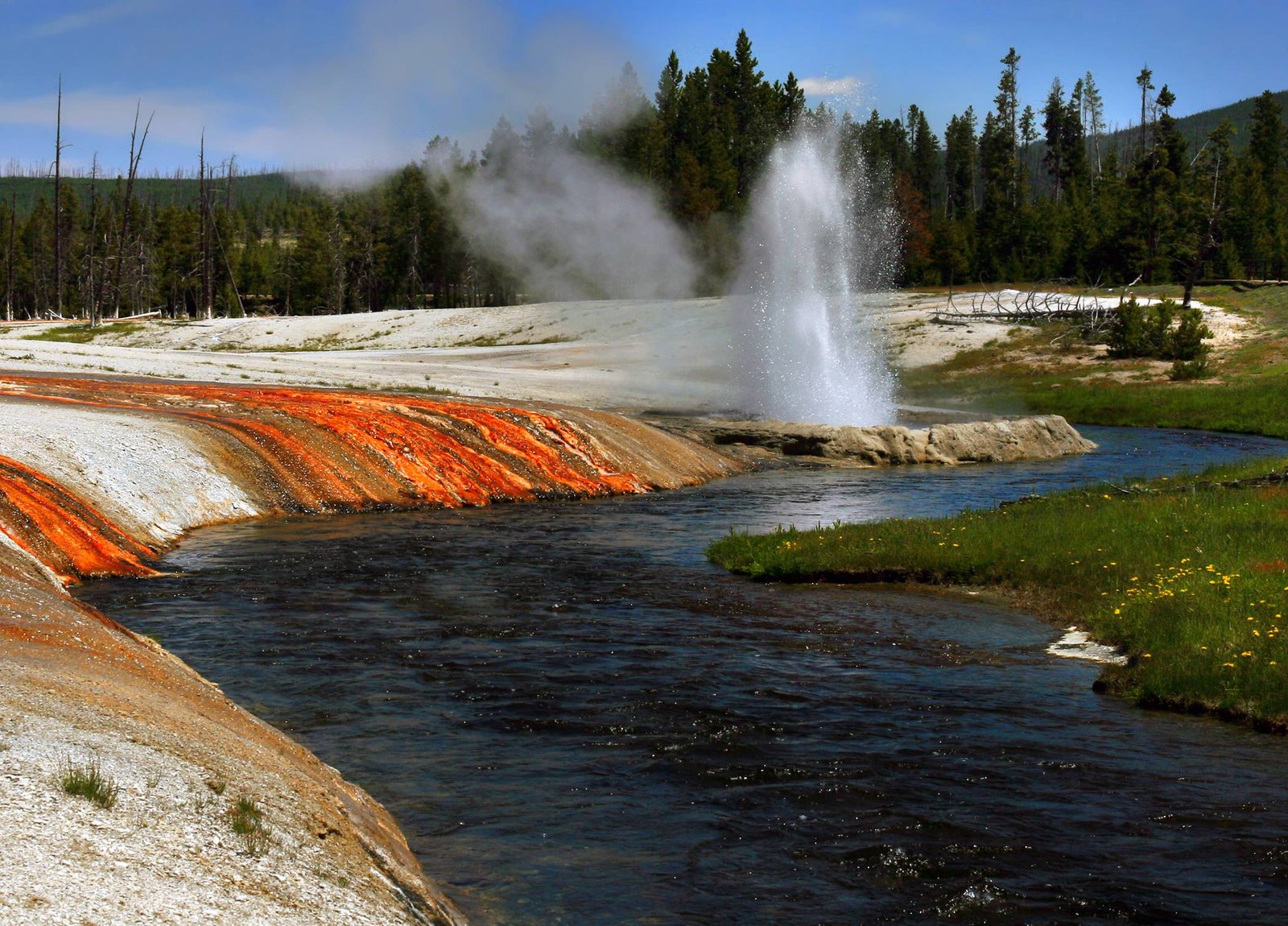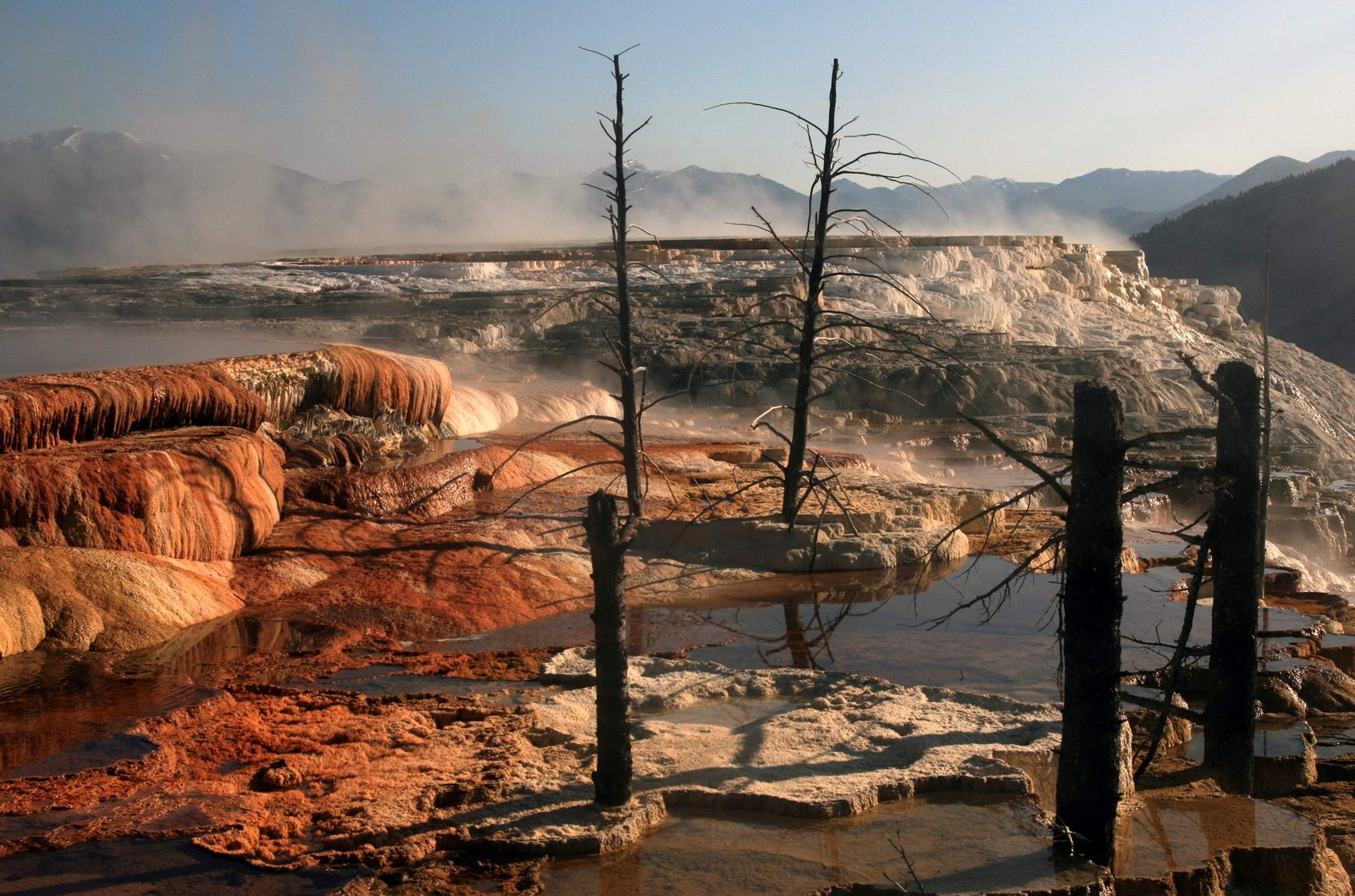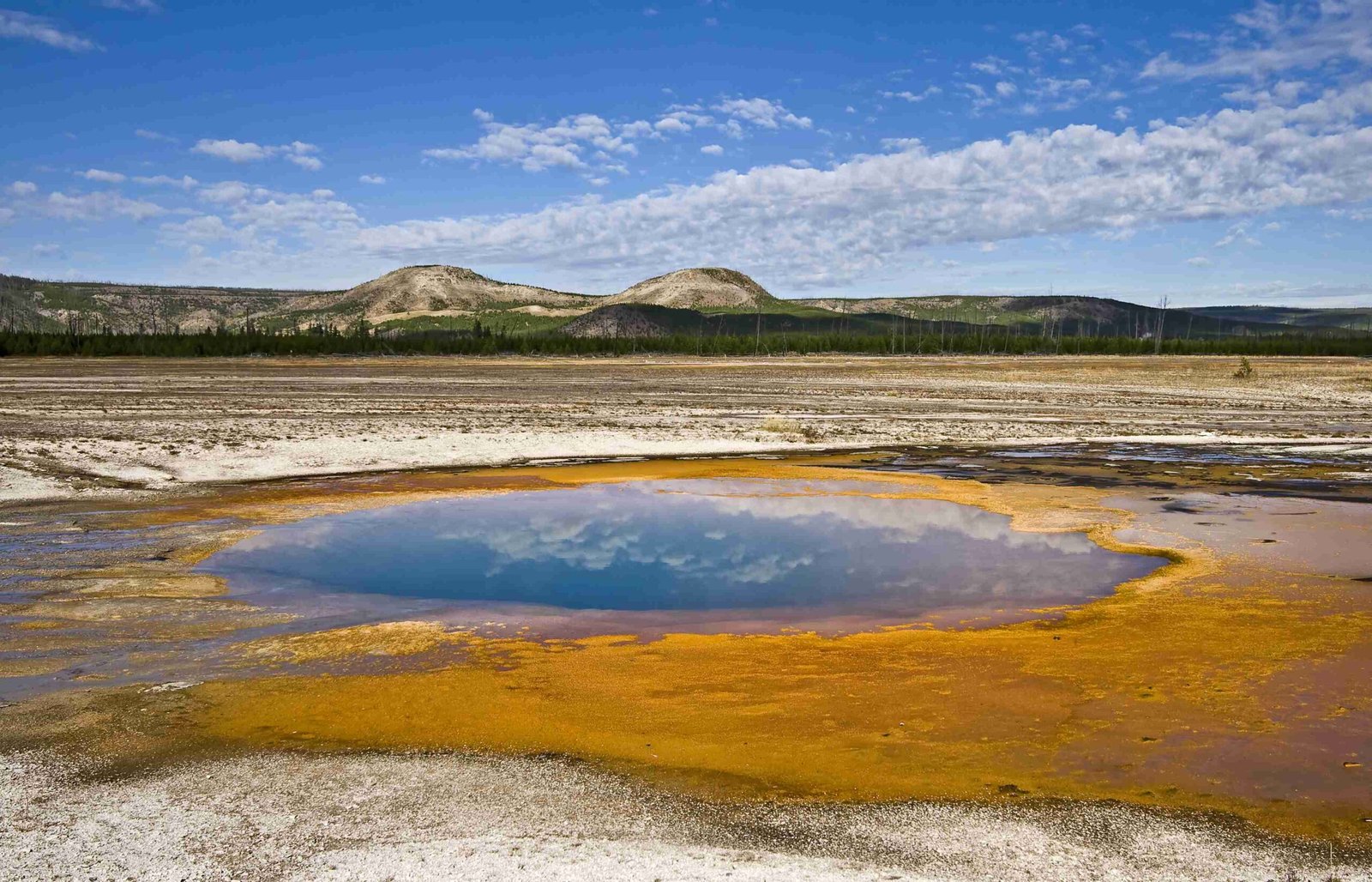Yellowstone National Park is renowned for its diverse wildlife, including grizzly and black bears. However, it’s crucial to understand that there are no designated places to feed the bears in Yellowstone National Park. In fact, feeding bears or any wildlife is strictly prohibited and has been since the 1970s. This policy aims to protect both visitors and bears, maintaining the natural ecosystem and behavior of these magnificent creatures. Instead, visitors can observe bears safely from designated viewing areas throughout the park.
Where Can I See Bears in Yellowstone National Park?

While feeding bears is prohibited, Yellowstone offers numerous locations for safe bear viewing. Here are some of the best spots:
- Lamar Valley
- Hayden Valley
- Yellowstone Lake
- Tower Junction (\”Bear-muda\” Triangle)
- Canyon Village
These areas are known for their high concentration of wildlife, including both grizzly and black bears. Visitors can often spot bears foraging in meadows, fishing in streams, or roaming along the treeline.
What Are the Best Times to Observe Bears in Yellowstone?

Bear activity in Yellowstone follows a seasonal pattern:
- Spring (March-May): Bears emerge from hibernation, often visible in lower elevations.
- Summer (June-August): Bears move to higher elevations but can still be seen in valleys during cooler hours.
- Fall (September-November): Bears become more active, preparing for hibernation.
- Winter (December-February): Bears hibernate, making sightings extremely rare.
For the best chances of bear sightings, plan your visits during:
- Early morning (dawn to 9 AM)
- Late evening (4 PM to dusk)
These times coincide with peak bear activity periods.
Why Is Feeding Bears in Yellowstone National Park Prohibited?
Feeding bears in Yellowstone National Park is strictly forbidden for several reasons:
- Safety: Fed bears lose their natural fear of humans, increasing the risk of dangerous encounters.
- Health: Human food is not suitable for bears and can cause health problems.
- Behavior: Feeding alters natural bear behavior, making them dependent on human food sources.
- Ecosystem Balance: It disrupts the natural ecosystem and food chain.
| Consequences of Feeding Bears | Impact on Bears | Impact on Humans |
|---|---|---|
| Habituation to human presence | Loss of natural foraging skills | Increased risk of attacks |
| Health issues from unsuitable food | Shortened lifespan | Potential injuries or fatalities |
| Altered migration patterns | Disrupted hibernation cycles | Property damage |
| Overpopulation in certain areas | Increased bear-bear conflicts | Closure of hiking trails and campsites |
What Are the Penalties for Feeding Bears in Yellowstone?
Violating the no-feeding policy can result in severe consequences:
- Fines up to $5,000
- Up to 6 months in jail
- Revocation of park privileges
Park rangers strictly enforce these regulations to protect both visitors and wildlife.
How Can I Safely Observe Bears in Yellowstone National Park?
To safely observe bears while respecting park regulations:
- Use binoculars or spotting scopes for distant viewing
- Stay at least 100 yards (91 meters) away from bears
- Never approach or attempt to feed bears
- Store food properly in bear-proof containers
- Make noise while hiking to avoid surprising bears
What Should I Do If I Encounter a Bear in Yellowstone?
If you encounter a bear:
- Stay calm and assess the situation
- Do not run
- Slowly back away while facing the bear
- Use bear spray if necessary (and you’re trained to do so)
- Report the encounter to park rangers
Are There Guided Bear Watching Tours in Yellowstone?
While there are no specific bear-feeding tours (as it’s illegal), Yellowstone offers various wildlife tours that include opportunities for bear watching:
- Yellowstone Association Institute: Offers educational programs and field seminars on wildlife, including bears.
- Private Tour Companies: Many local operators provide guided wildlife tours in the park.
- Park Ranger Programs: Seasonal programs often include information on bear safety and ecology.
These tours provide safe, educational experiences while respecting park regulations and wildlife.
What Other Wildlife Can I See in Yellowstone Besides Bears?
Yellowstone is home to diverse wildlife beyond bears:
- Wolves
- Elk
- Bison
- Moose
- Bighorn sheep
- Pronghorn antelope
- Various bird species
Many of these animals can be observed in the same areas popular for bear watching.
How Has the No-Feeding Policy Affected Bear Populations in Yellowstone?
The implementation of the no-feeding policy in the 1970s has had significant positive impacts on Yellowstone’s bear populations:
- Natural Behavior: Bears have returned to more natural foraging habits.
- Population Stability: Bear populations have stabilized at sustainable levels.
- Reduced Human-Bear Conflicts: Incidents of dangerous bear-human interactions have decreased.
- Improved Bear Health: Bears maintain healthier diets without human food interference.
This policy has been crucial in preserving the natural ecosystem and ensuring the long-term survival of bear populations in Yellowstone.
What Are Some Common Misconceptions About Feeding Bears in Yellowstone?
Despite clear regulations, some misconceptions persist about feeding bears in Yellowstone:
-
Myth: Feeding bears helps them survive.
Reality: Bears are well-adapted to find natural food sources in the park. -
Myth: A little food won’t harm bears.
Reality: Even small amounts of human food can alter bear behavior and create dangerous situations. -
Myth: Feeding bears from a distance is safe.
Reality: Any form of feeding, even from a distance, is illegal and harmful to bears. -
Myth: Bears need human help during lean years.
Reality: Natural food scarcity is part of the ecosystem that bears have adapted to over millennia.
Understanding these facts helps visitors appreciate the importance of the no-feeding policy.
How Can Visitors Contribute to Bear Conservation in Yellowstone?
Visitors can play a crucial role in bear conservation:
- Adhere strictly to park regulations
- Properly store food and dispose of waste
- Report any bear sightings or incidents to park rangers
- Support conservation organizations working in Yellowstone
- Educate others about responsible wildlife viewing
By following these guidelines, visitors help maintain the delicate balance of Yellowstone’s ecosystem and ensure the continued presence of bears in the park for future generations.
Remember, the best way to appreciate bears in Yellowstone is to observe them from a safe distance in their natural habitat, without interfering with their behavior or feeding patterns.
References:
1. https://www.yellowstoneguidelines.com/whats-new/the-best-places-to-see-a-bear-in-yellowstone.html
2. https://www.yellowstonenationalparklodges.com/employees/the-bear-muda-triangle-of-yellowstone/
3. https://bearaware.com/2023/05/history_of_bear_feeding/

